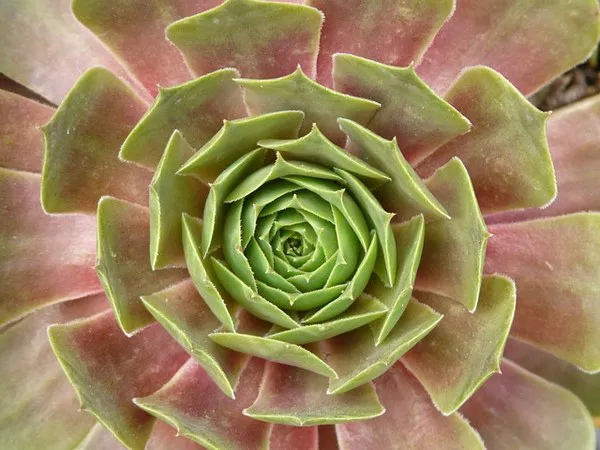Succulents, with their captivating array of shapes and colors, have become immensely popular in the realm of indoor and outdoor gardening. Growing succulents from cuttings is an excellent way to propagate these resilient plants, ensuring a bountiful and diverse collection. In this comprehensive guide, we will explore the step-by-step process of successfully growing succulents from cuttings, offering valuable insights for both beginners and seasoned gardeners.
Selecting the Right Succulent:
Choosing the right succulent for propagation is crucial for successful growth. Opt for healthy, mature plants with well-developed stems. Varieties like Echeveria, Sedum, and Crassula are known for their ease of propagation and make excellent choices for beginners. Ensure the parent plant is free from pests or diseases, as these issues can carry over to the cuttings.
Gathering Essential Tools and Materials:
Before diving into the propagation process, gather the necessary tools and materials to ensure a smooth experience. You will need a sharp, clean pair of pruning shears or scissors, well-draining succulent soil, small pots or containers, and a misting bottle.
Taking Succulent Cuttings:
Carefully choose a healthy stem or leaf to cut from the parent plant. Using the sharp pruning shears, make a clean cut just below a leaf node, ensuring the cutting is at least 2-3 inches in length. For leaf cuttings, gently twist the leaf from the stem, making sure it comes away cleanly. Allow the cuttings to air dry for a day or two before proceeding to the next step.
Callusing:
Allowing the cuttings to callus is a crucial step that helps prevent rot when they are planted. Place the cuttings in a dry, shaded area for 1-2 days, allowing the ends to form a protective callus. This step is particularly important for succulents as it reduces the risk of fungal infections during the rooting process.
Planting the Cuttings:
Once the cuttings have callused, it’s time to plant them. Fill small pots or containers with well-draining succulent soil, leaving enough space for the cutting to be inserted. Gently press the cut end of the stem or the base of the leaf into the soil, ensuring it makes good contact. For leaf cuttings, bury the base of the leaf slightly in the soil, leaving the top exposed.
Watering and Initial Care:
After planting, lightly mist the soil to settle it around the cutting. Be cautious not to overwater, as succulents are prone to rot if their soil is consistently damp. Water sparingly and allow the soil to dry out between watering sessions. Placing the pots in a bright but indirect light location will encourage the cuttings to establish roots.
Root Development:
Over the next few weeks, monitor the cuttings for signs of root development. You may notice new growth or resistance when gently tugging on the cutting. Once a healthy root system has formed, gradually transition the succulents to their regular watering routine. Be patient, as the timeframe for rooting can vary depending on the succulent species and environmental conditions.
Transplanting:
Once the cuttings have established strong roots and are showing signs of growth, they can be transplanted into larger containers or outdoor gardens. Ensure the new location provides the same well-draining soil and appropriate light conditions. Gradually introduce the propagated succulents to their new environment, allowing them to acclimate.
Maintenance and Care:
Successfully growing succulents from cuttings is a rewarding experience, but proper maintenance is key to their long-term health. Follow these essential care tips:
a. Provide Adequate Light: Most succulents thrive in bright, indirect light. Ensure they receive sufficient sunlight to maintain vibrant colors and compact growth.
b. Watering: Succulents prefer a “soak and dry” watering method. Allow the soil to dry out completely between watering sessions to prevent overwatering.
c. Fertilization: Use a balanced, diluted succulent fertilizer during the growing season to provide essential nutrients. Avoid over-fertilizing, as succulents generally have low nutrient requirements.
d. Pruning: Regularly remove dead or decaying leaves to promote a tidy appearance and prevent the spread of diseases.
See Also What Are The Flowers On Cactus Called
Conclusion:
Growing succulents from cuttings is a fulfilling and sustainable way to expand your succulent collection. By following these step-by-step guidelines, you can successfully propagate healthy succulents and enjoy the beauty of these low-maintenance plants in various settings. Whether you are a novice gardener or an experienced plant enthusiast, the process of growing succulents from cuttings offers a delightful journey into the world of propagation and horticulture.


